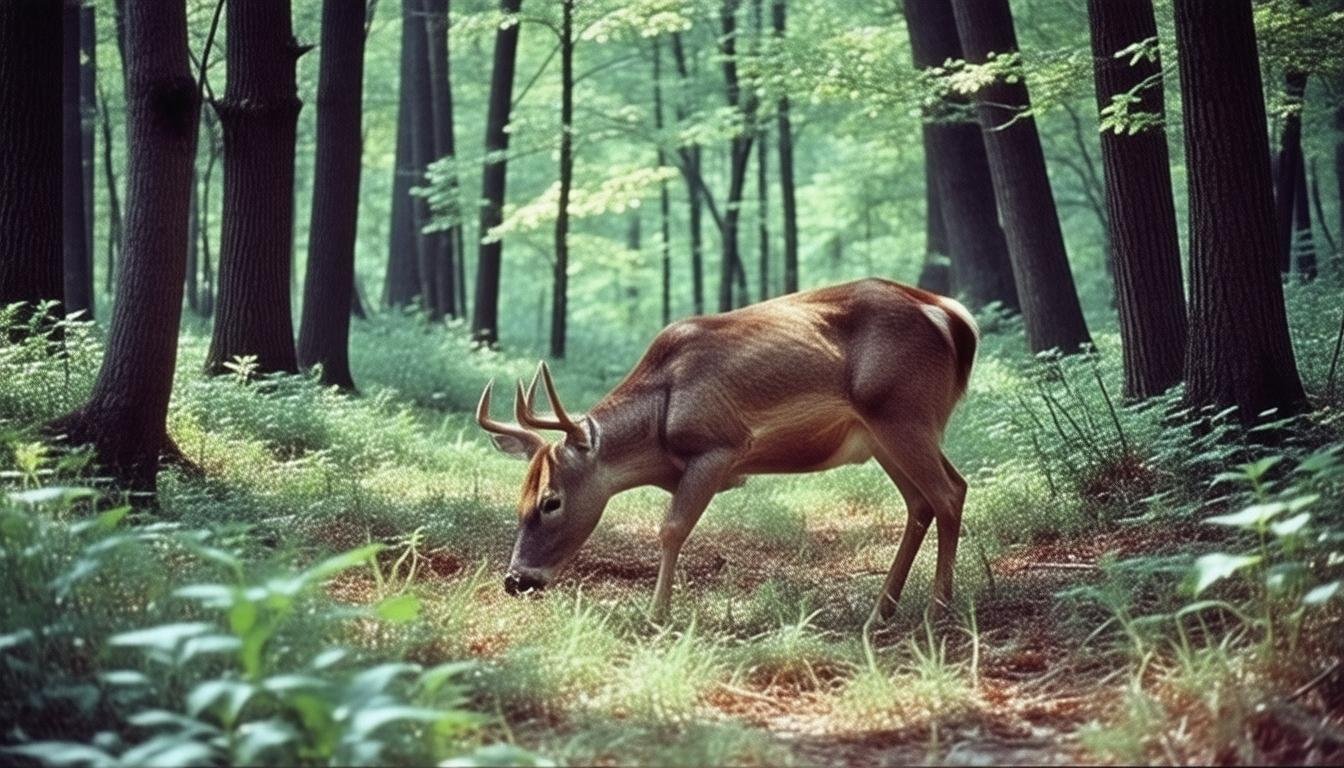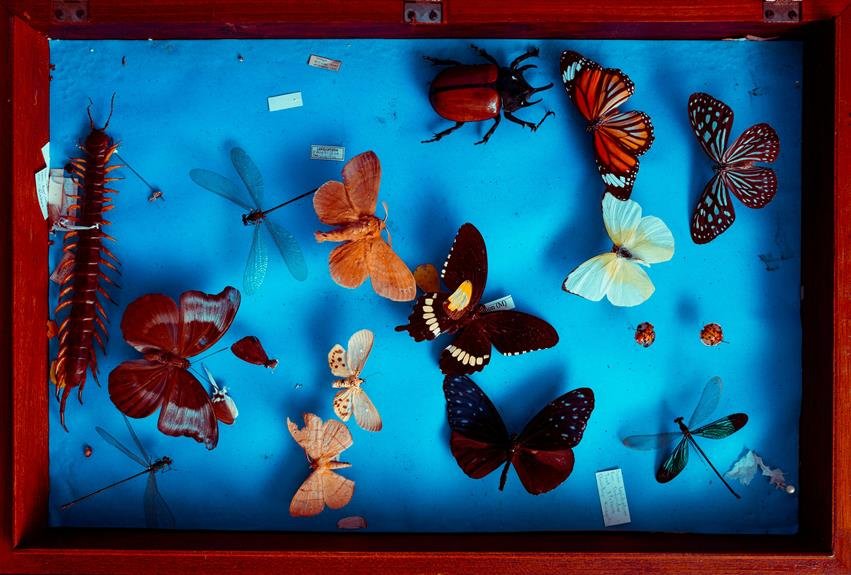In understanding the intricate balance of nature, predation emerges as a significant factor shaping wildlife populations, particularly the white-tailed deer in Pennsylvania.
This iconic species, celebrated for its graceful presence in woodlands and fields, faces various challenges, with predation being a pressing concern, especially for vulnerable fawns.
Recent field studies have shed light on the dynamics of predation and its impact on fawn survival rates.
In this article, we delve into how predators, such as coyotes, bears, and bobcats, in addition to hunting practices, play a role in shaping the deer population, and what these insights mean for deer management strategies in the Keystone State.
Key Takeaways
- Predation significantly impacts young fawn mortality, particularly in the first weeks of life.
- Older white-tailed deer have a much lower vulnerability to predation, with survival rates remaining high.
- Current data suggest that predation has not necessitated a reduction in antlerless deer license allocations in Pennsylvania.
The Role of Predation in Fawn Survival
Understanding the dynamics of predation is crucial for comprehending the survival rates of young white-tailed deer, particularly fawns.
In regions like Pennsylvania, research studies have pinpointed predators such as coyotes, bears, and bobcats as significant threats to fawn survival.
The early weeks of life are particularly perilous; findings indicate that a staggering 84% of predation events take place before fawns reach 9 weeks of age.
However, for those that survive this initial stage, the outlook improves considerably, with survival rates ranging from 57% to 72%.
This stark contrast highlights an inherent vulnerability in younger deers that diminishes as they age; older deer, those aged at least 6 months, face drastically lower predation risks, with less than 1% succumbing to predators and exhibiting survival rates between 80% and 90% when hunting seasons are not in effect.
Insights into these survival rates are pivotal for deer management strategies, particularly for the Pennsylvania Game Commission, which utilizes pre-hunt population estimates to inform their antlerless license allocations.
These licenses play a vital role in maintaining established deer population objectives, reflecting ongoing monitoring efforts and adaptive management principles.
Notably, while predation pressures have instigated conversations surrounding potential alterations to antlerless licensing in Pennsylvania, current evidence remains inconclusive, indicating no significant trends in pre-hunt population census data to justify such measures.
Implications for Deer Management in Pennsylvania
The implications of predation on white-tailed deer management strategies in Pennsylvania are profound, particularly concerning fawn survival and population dynamics.
Research underscores the necessity of understanding these influences to inform effective deer management policies.
For instance, with the knowledge that a significant percentage of fawn mortality occurs within the first nine weeks of life due to predators, wildlife managers can prioritize protective measures during this critical period.
Additionally, while older deer show resilience against predation, their interactions with hunting practices and habitat quality also merit close examination.
The Pennsylvania Game Commission’s flexible approach to antlerless license allocations reflects an adaptive management strategy, enabling them to respond to shifts in deer population metrics influenced by both predation and hunting pressures.
As discussions regarding potential adjustments continue, synthesizing data from other states where predation has had a more pronounced effect could provide valuable insights for Pennsylvania’s deer management framework.










